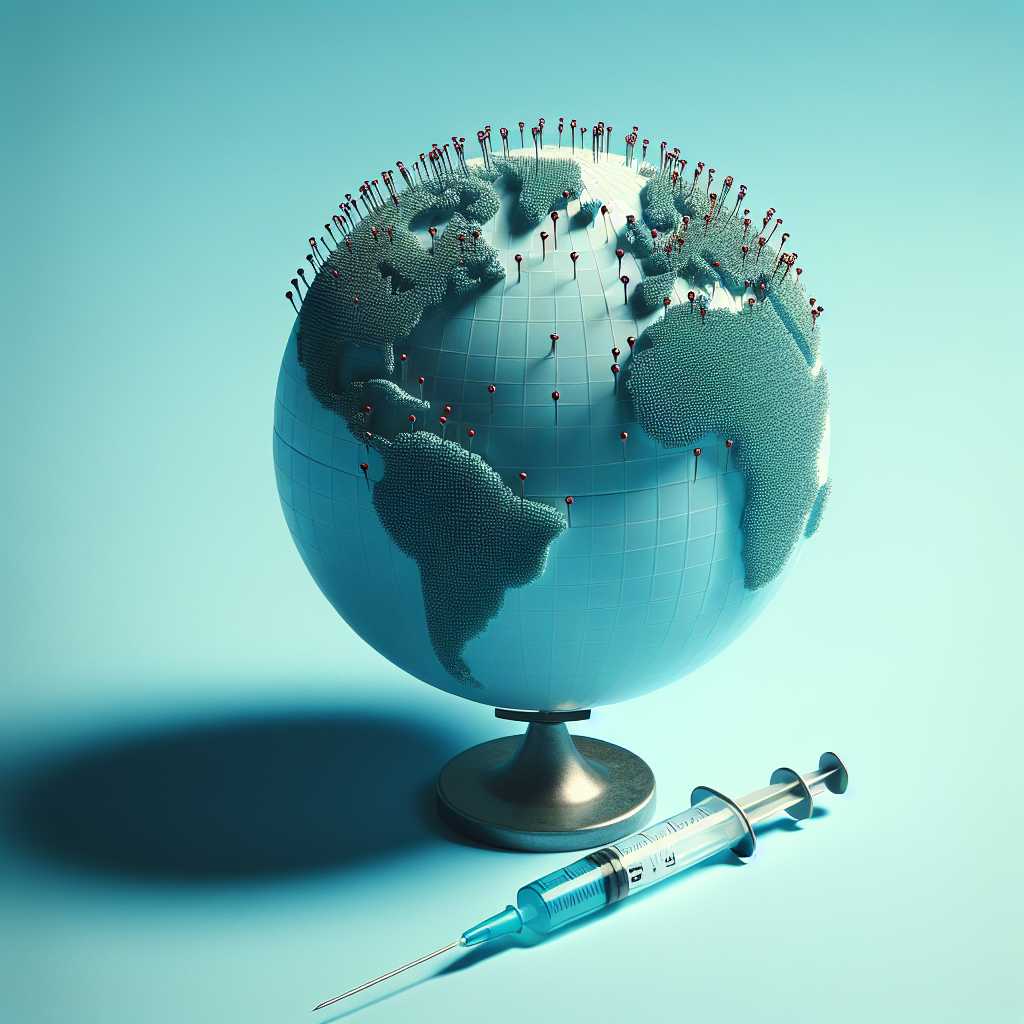Understanding the Ongoing State of COVID-19 Cases Globally
The COVID-19 pandemic, caused by the SARS-CoV-2 virus, has been a prevailing global health concern since late 2019. With new variants emerging and vaccination campaigns rolling out, the trajectory of COVID-19 cases worldwide continues to shift. This article analyzes the current state of COVID-19 cases, vaccination efforts, variants of concern, and systemic implications for healthcare.
Current Global COVID-19 Case Trends
As of now, the number of COVID-19 cases continues to evolve. Initially characterized by rapid growth and urgent international response, the pattern of cases has transitioned in many regions to what epidemiologists describe as an endemic phase. This signifies a regular occurrence of cases without the massive outbreaks seen earlier in the pandemic.
Governments across the globe report numbers of new positive cases, which have been variable due to the changing nature of the disease, public health interventions, and relative vaccination coverage. While some countries report declines in case numbers due to high vaccination rates and natural immunity in populations, others continue to see surges, often attributed to variants of the virus and vaccine inequity.
Variants and Vaccine Protection
Variants of the SARS-CoV-2 virus, such as Delta and Omicron, have shown different characteristics in terms of transmission and severity. Surveillance systems worldwide are in place to track these variants and assess the effectiveness of vaccines against them. Up to this point, vaccines have shown to reduce the severity of the disease significantly which is reflected in hospitalization statistics.
Global Vaccination Efforts
Worldwide vaccination efforts play a critical role in managing COVID-19 cases. Countries with larger proportions of their populations vaccinated tend to show greater resilience against massive spikes in cases. Vaccinations reduce transmission by lowering the number of possible hosts that the virus can infect, which also decreases variant generation.
Regions with limited access to vaccines struggle with higher case rates and resultant health system strain. Equity in vaccine distribution has been highlighted as a key aspect that needs additional attention to achieve broader control over case numbers.
Healthcare Systems Response and Evolving Strategies
The initial surge in COVID rate impacted healthcare systems globally, leading to patent bottlenecks and resource shortages. Governments and health organizations responded by ramping up treatment facilities and developing strategies for allocation of scarce resources like ventilators and ICU beds.
As case patterns stabilize, healthcare strategies have shifted towards sustainable long-term care, focusing on telemedicine and home health services to prevent overwhelming hospitals. These approaches aim at optimizing resource utilization while also ensuring that non-COVID patients continue receiving adequate care.
Socio-Economic Impact Assessment
Beyond health implications, COVID-19 has had a broad socio-economic effect with varying degrees. Economies experienced downturns during periods with high infection rates due to lockdowns and reduced workforce participation. Some sectors like travel, hospitality, and physical retail were severely affected while others, like e-commerce and digital services, experienced growth opportunities.
Policymakers balance pandemic containment efforts with economic strategies by adjusting travel restrictions, providing stimulus packages, and supporting vulnerable groups.
